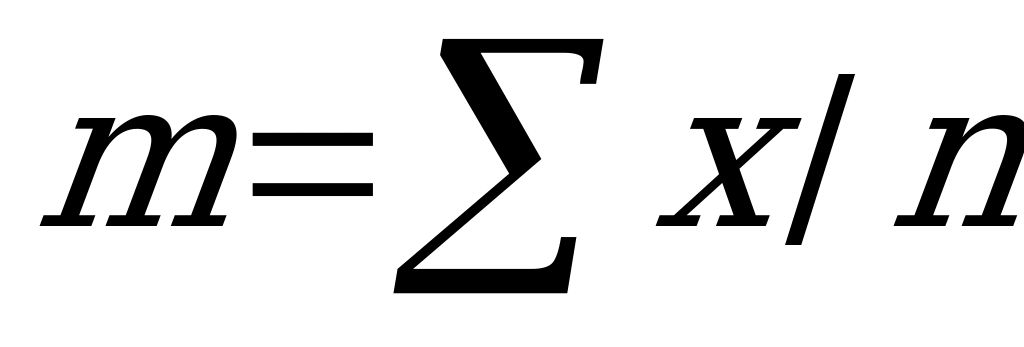Introduction
The investigation on the topic is of importance when the management constraints are considered. The approach is to select the entry which characterizes the entire group. The significance of that representative should be analyzed to conclude for the application of different methods to reach up with the central entry. The mean, median and mode are the statistical tools for recognizing the middle element of the array of data.
Central Tendency
The picking of the centre of the list of data is often expressed by the term central tendency. “The term central tendency refers to the “middle” value or perhaps a typical value of the data, and is measured using the mean, median, or mode.” (Central tendency, 2007, para.1).
The statistical approach for different cases will differ considerably owing to the application. The analysis of the situation results in the proper identification of the statistical tool applicable.
Mean
The term mean is actually the literal dual for average. Mean is the ratio of the sum of all entries to the total number of entries. The mean is usually called the Arithmetic Mean. “The arithmetic mean is the most common measure of central tendency. It is simply the sum of the numbers divided by the number of numbers.” (Lane, 2008, Arithmetic mean, para.1).
The arithmetic mean is represented by the symbol ‘m’ which can be formulated as

Where, ∑x is the sum of all entries,
n is the total number of entries.
The mean turns out to be useful only when the data entries have a proportional interval or ratios. The mean calculation is carried out without considering whether the array is of actual data or samples of it. The main disadvantage of the mean calculation is the presence of extreme values. A value which is much greater than the entire value results in a mean which matches little to the exact value.
Mode
The handling of calculations involving array of data having entries which are repeated at many times in the array involves the usage of mode. “The mode is the most frequently occurring value.” (Lane, 2008, Mode, para.1).
The central tendency is recognized as the entry appearing the maximum number of times in the array. The mode calculations are made for nominal data manipulations. The grouped data are usually dealt with by the mode. But an array of data with equal or proportional interval, ordinal data or ratios exhibits zero application of mode.
Median
The median can be said to be the exact midpoint of the array when arranged in the ascending or descending order. “The median is also a frequently used measure of central tendency. The median is the midpoint of a distribution: the same number of scores are above the median as below it.” (Lane, 2008, Median, para.1).
The standard method of arranging the data entries is in the ascending order. Suppose the derived number which forms the total is even, the average of the two entries in the middle needs to be taken as the median. The merit of the median approach of central tendency is that it can handle the ordinal data as well. The median is possible for the data with intervals and ratios.
Business related appropriateness of central tendency (examples)
The case analyzing the popularity among many available models of products always opts for mode. For example, the set of hair colors bought by customers identifies the most demanded hair color by locating the mode. In this case, median and average have little to do with.
The example for the prominence of median as the central tendency is when a data train with interval and extremes are analyzed for manipulations. The deal with increase in price of shops taken in ratios is a best example for it. There can be extremely high ratios as well least ones, which make the calculation of mean irrelevant. The mode for ratios is always determined to be zero. Thus, the median becomes the only help.
The calculation of average annual expense of a firm for payment of salary should opt for mean calculation. The salary given to the employees vary with much contrast but these are irrelevant as every amount adds to the expenditure of the firm in terms of salary. In this situation the mode or median cannot be used.
Conclusion
The mode, median or mean is selected after the analysis of the situation and solution needed finally. At times, maybe more than one can be used by analyzing the entries in the collection of data alone; but the fact is that only one of them can yield the required result.
Reference List
Central tendency. (2007). Quick MBA: Knowledge to Power Your Business, Statistics. Web.
Lane, D. (2008). Measures of central tendency: Arithmetic mean. Connexions. Web.
Lane, D. (2008). Measures of central tendency: Median. Connexions. Web.
Lane, D. (2008). Measures of central tendency: Mode. Connexions. Web.